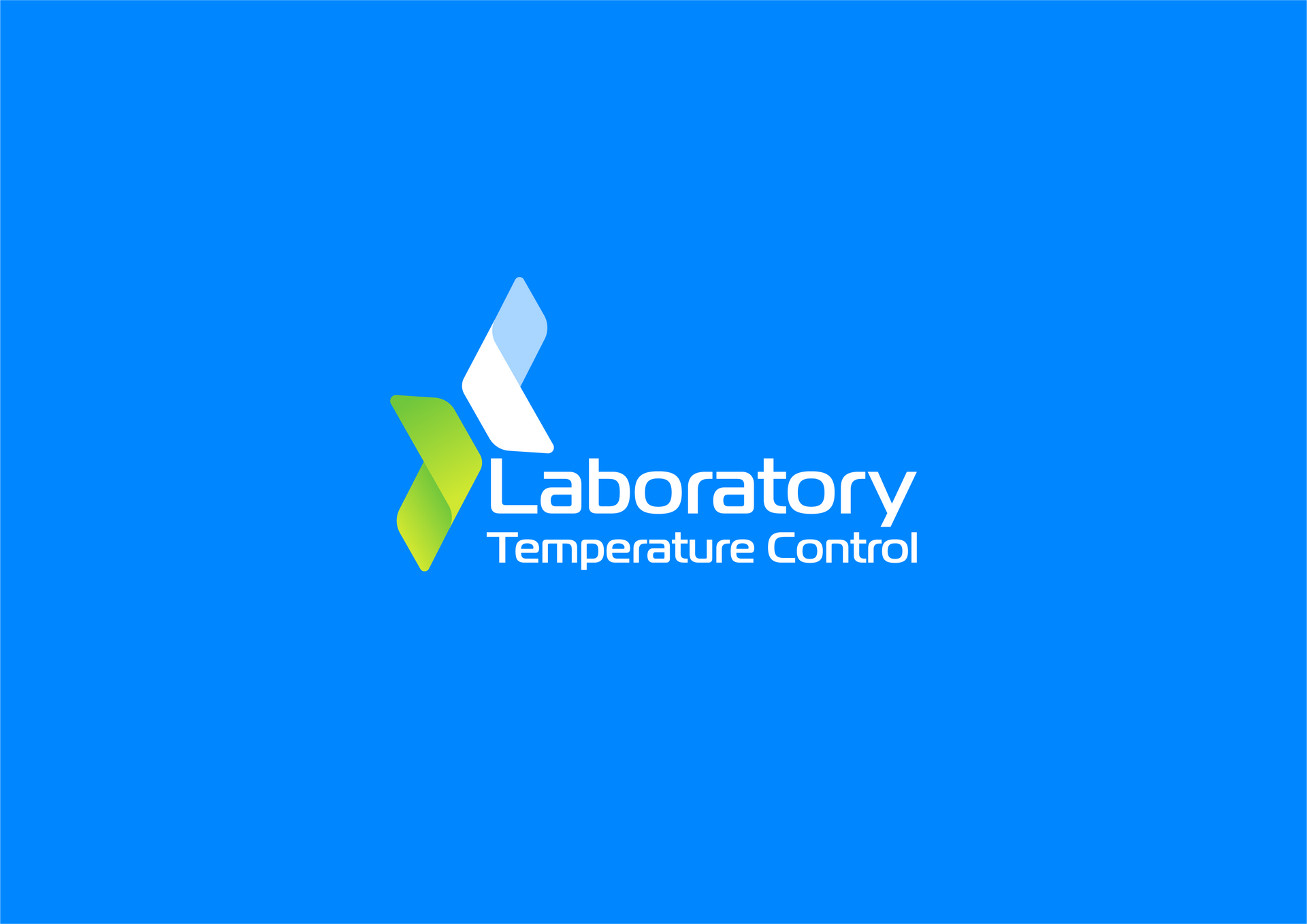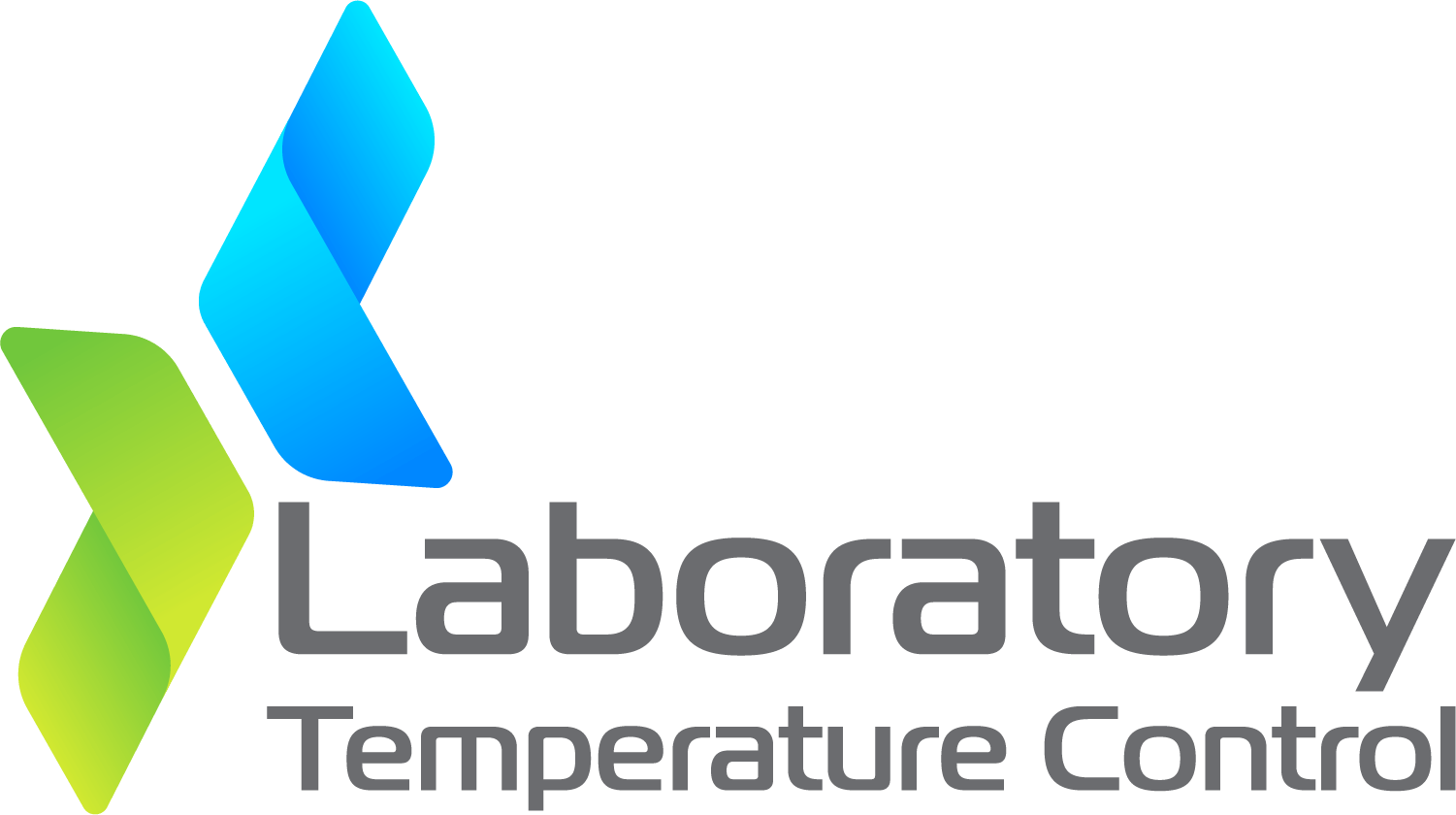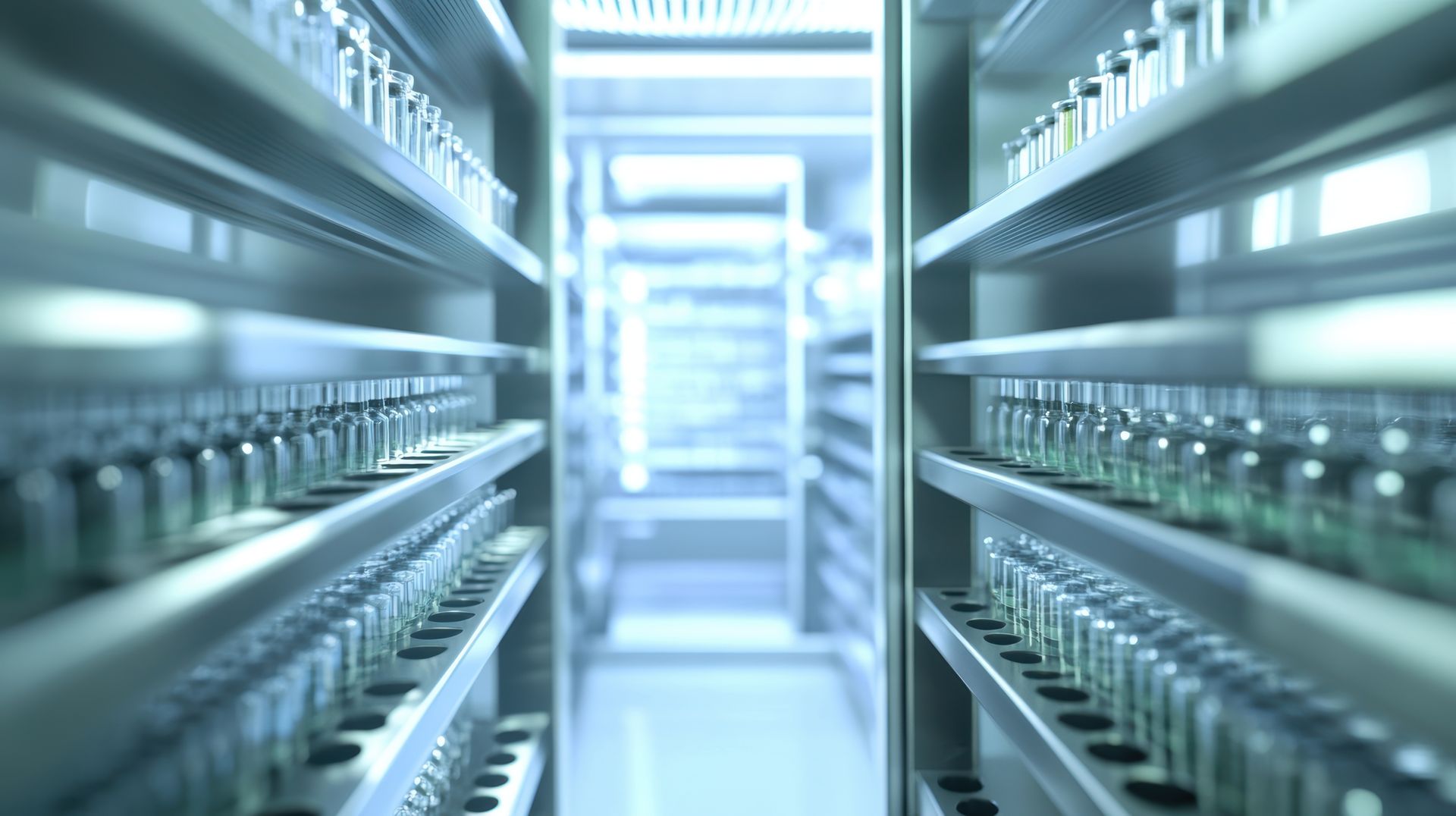Energy-Efficient Cold Rooms: How Sustainable Design Is Transforming Laboratory Cooling
Introduction: Cooling with Compliance and Sustainability in Mind
For decades, laboratories and pharmaceutical manufacturers have prioritised precision and compliance above all else — and rightly so. But as energy costs soar and sustainability becomes central to operational goals, the industry faces a new challenge:
How can we maintain perfect temperature control while reducing environmental impact?
That’s where energy-efficient cold room design comes in.
At Laboratory Temperature Control, we believe sustainability and compliance go hand in hand. By rethinking how cold rooms are designed, powered, and maintained, facilities can cut carbon emissions, reduce costs, and protect the planet — all without compromising GMP standards.
1. Why Energy Efficiency Matters in Laboratory Cooling
Cold rooms are among the most energy-intensive parts of any laboratory or pharmaceutical facility. Between refrigeration loads, dehumidification, and 24/7 monitoring, they consume large amounts of electricity every day.
Without efficiency-focused design, this can lead to:
- Excessive energy bills.
- High carbon emissions.
- Unnecessary strain on equipment.
- Shorter component lifespans.
Energy-efficient cold room design tackles these problems from the ground up — through smarter systems, advanced controls, and better engineering.
2. Core Principles of Sustainable Cold Room Design
Designing an energy-efficient system doesn’t mean sacrificing performance. In fact, modern technology makes it possible to achieve tighter temperature control while using less energy.
Here are the key design principles:
A. High-Performance Insulation
- Use high-density polyurethane or vacuum-insulated panels to minimise heat gain.
- Ensure thermal breaks between wall panels, doors, and floors.
- Seal joints properly to prevent air leakage — even small gaps can increase energy consumption significantly.
B. Advanced Refrigeration Technology
- Adopt variable speed compressors that adjust cooling output dynamically based on load demand.
- Incorporate electronic expansion valves for better efficiency and responsiveness.
- Select refrigerants with low global warming potential (GWP) to meet current F-Gas regulations.
- C. Heat Recovery Systems
- Capture waste heat from compressors and reuse it for space heating or process water.
- This significantly reduces total energy use and provides faster ROI for larger facilities.
D. Smart Control Systems
- Integrate a Building Management System (BMS) that continuously monitors temperature, humidity, and energy performance.
- Use automated scheduling and load balancing to optimise energy use during off-peak hours.
- Generate reports to demonstrate sustainability metrics for ESG (Environmental, Social, and Governance) reporting.
3. Meeting GMP and Environmental Standards
Energy efficiency isn’t just an operational improvement — it’s increasingly a compliance expectation.
Regulatory frameworks such as GMP, ISO 50001 (Energy Management Systems), and BREEAM encourage or require organisations to demonstrate energy-conscious practices.
Energy-efficient cold room systems support compliance by:
- Maintaining stable temperature control while reducing load fluctuations.
- Providing validated monitoring data for both environmental and quality audits.
- Supporting corporate sustainability commitments without risking MHRA or FDA approval.
By designing for efficiency and compliance simultaneously, laboratories can achieve both operational excellence and environmental responsibility.
4. The Financial Impact of Sustainable Cooling
Energy-efficient cold rooms offer measurable savings — not just in electricity, but in total operational costs.
Typical savings include:
- Up to 40% reduction in energy use through smart controls and variable speed systems.
- Lower maintenance costs due to reduced mechanical strain.
- Extended equipment lifespan from smoother, more balanced operation.
- Reduced downtime thanks to better diagnostics and predictive maintenance features.
In many cases, the investment in sustainable design pays for itself within two to three years, particularly for facilities running multiple cold rooms or large-scale cooling infrastructure.
5. Retrofitting Existing Cold Rooms for Efficiency
You don’t always need to start from scratch to achieve greener performance. Many existing cold rooms can be retrofitted with modern efficiency upgrades.
Effective retrofit solutions include:
- Replacing outdated compressors with inverter-driven models.
- Adding energy-efficient fans and LED lighting.
- Installing smart monitoring systems with cloud-based analytics.
- Improving door seals, insulation panels, and air curtains to prevent energy loss.
- Introducing heat recovery systems to reclaim waste energy.
At LTC, we regularly help laboratories transform legacy systems into modern, compliant, and sustainable operations — without disrupting day-to-day research or production.
6. Maintenance: The Unsung Hero of Efficiency
Even the most advanced cold room can waste energy if it isn’t properly maintained.
Regular preventive maintenance ensures your system runs at peak performance by:
- Keeping condensers and evaporators clean.
- Ensuring refrigerant levels and pressures are correct.
- Calibrating temperature and humidity sensors for accuracy.
- Checking insulation and door seals for deterioration.
An energy-efficient design must be paired with disciplined maintenance — a combination that LTC delivers through our planned preventive maintenance (PPM) programmes.
7. The Future of Sustainable Laboratory Cooling
The next generation of laboratory cooling will combine smart automation, renewable integration, and data-driven efficiency.
Emerging trends include:
- IoT-connected sensors for predictive maintenance.
- AI-driven control systems that learn and adapt to usage patterns.
- Hybrid cooling solutions using natural refrigerants and low-energy chillers.
- Carbon footprint tracking dashboards integrated into building management platforms.
These innovations are helping laboratories achieve net-zero goals while enhancing operational reliability and audit readiness.
Conclusion: Efficiency Without Compromise
Energy efficiency in laboratory cooling is no longer a luxury — it’s a necessity.
By adopting sustainable design principles, laboratories can reduce costs, minimise environmental impact, and stay fully compliant with GMP and MHRA requirements.
At Laboratory Temperature Control, we design and install energy-efficient cold room systems that deliver unmatched performance and sustainability.
Whether you’re building a new facility or upgrading existing infrastructure, our engineers can help you achieve precision, compliance, and energy savings in every project.






















The Importance of Having a Breakdown and Service Contract in Place for Your Pharmaceutical Cold Room







